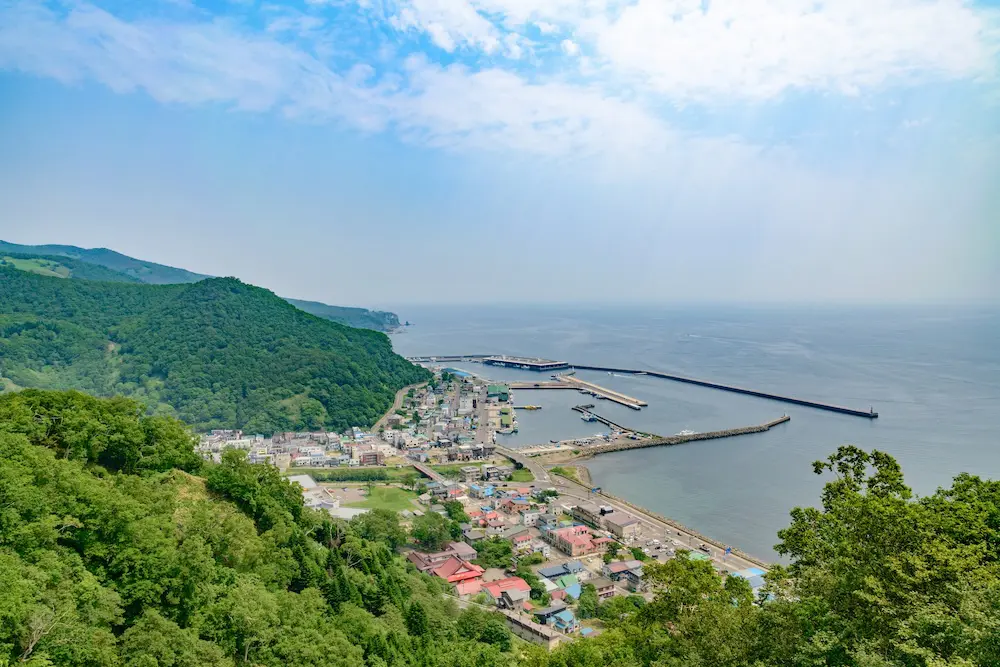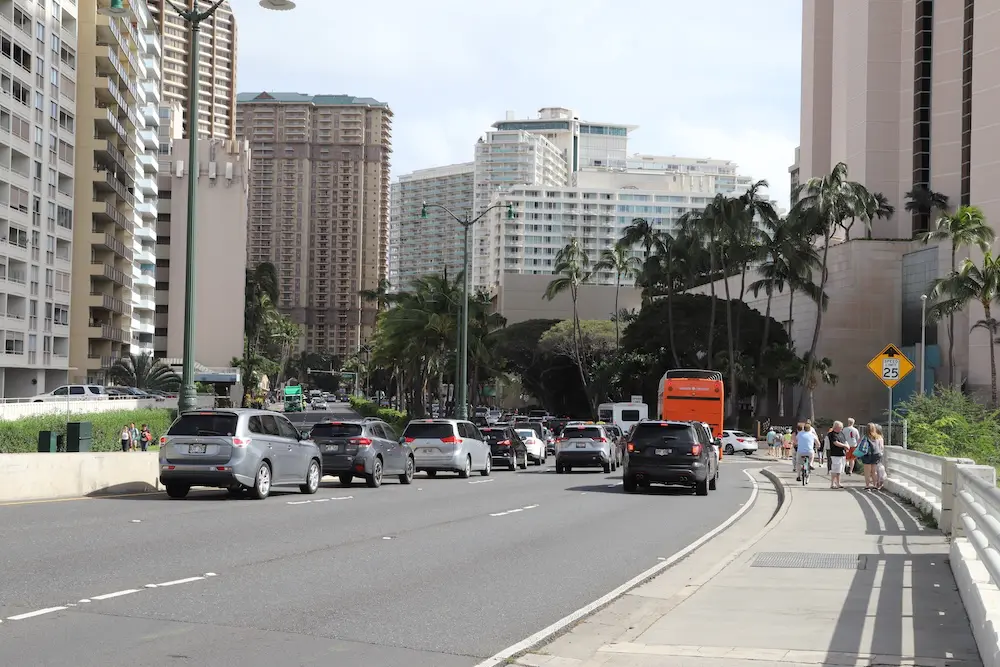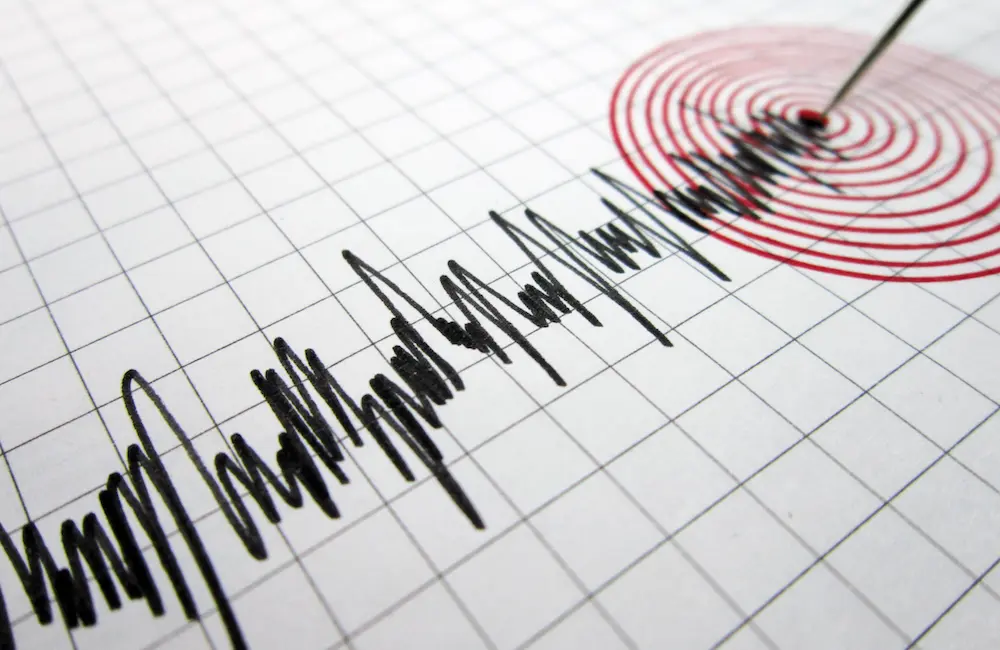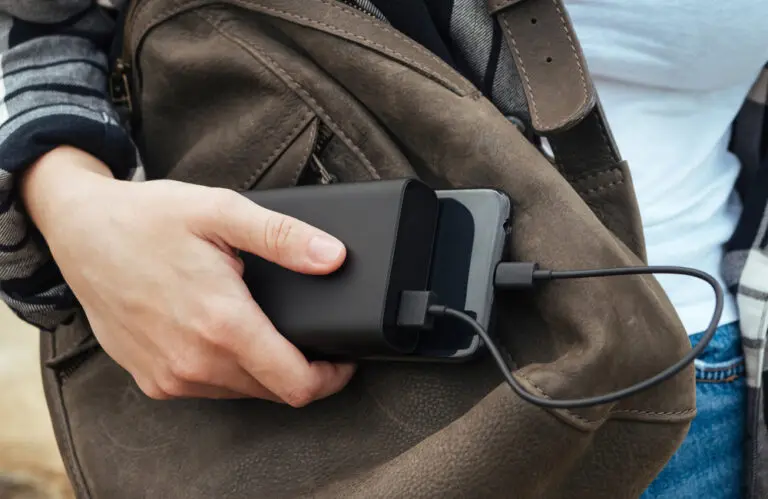A massive 8.8-magnitude earthquake has struck just off the coast of eastern Russia, resulting in tsunami warnings across the Pacific, including Japan, the Philippines, Hawai’i, the US West Coast and most Pacific island nations. Here’s the latest news from across the region.
[UPDATED 6am, 31 July 2025]
Tsunami alerts remain in place for large parts of the Pacific region after a massive 8.8-magnitude earthquake struck just off the coast of eastern Russia.
Reuters reports that waves up to 1.3 metres hit parts of Japan within hours of the quake, which occurred at around 11.30am Wednesday (local time). Officials say waves up to 1.7 metres hit Hawai’i, with other parts of North America also seeing tsunami activity.
While warnings remain in place in the Aloha State, the Hawaii County Civil Defense Agency has downgraded the tsunami alert level for Hawaii to an advisory.
“The County of Hawai’i has cancelled the evacuation order for coastal inundation zones,” the agency said on X.
“Unusually strong currents and waves are still possible close to the shore and in harbours.”
Elsewhere, most of the US West Coast and many Pacific island nations, including Papua New Guinea, Tonga and the Cook Islands, have downgraded their tsunami alert levels. However, Reuters reports that an alert remains in French Polynesia.
According to the Associated Press, much of the Chilean coastline is now under the highest level of alert. The South American nation has experienced some of the world’s worst earthquakes, including in 2010 when an 8.8-magnitude quake and subsequent tsunami killed 525 people.
“Remember that the first wave is usually not the strongest,” Chilean President Gabriel Boric stated on social media. “Let’s act calmly and follow official instructions.”
Closer to home, authorities in New Zealand say regions are experiencing strong currents and wave surges as tsunami activity reaches the country.
An alert broadcast to every cell phone says the threat is likely to remain in place until at least midday, AP reports.
While evacuations have not been ordered, people have been warned to stay away from beaches and the coastline.
DFAT latest
The Department of Foreign Affairs and Trade (DFAT) has updated its advice for the entire Pacific region, from Japan and the Philippines to the US and Canada, and virtually every nation in between, including New Zealand, Fiji and French Polynesia.
“A tsunami warning is in place for the west coast of the US including Alaska and Hawaii,” it states.
“There’s an evacuation order in place for Hawaii. If you’re in the affected area, move to higher ground immediately. If there’s an official evacuation warning, immediately follow the advice of local authorities.”
In a blanket regional warning, it adds, “there’s a Pacific wide tsunami warning in place following an M8.6 earthquake 60kms offshore from the Kamchatka peninsula, Russia”.
“The warnings extend to some coastal areas of all Pacific islands. If you’re in the affected area, move to higher ground immediately. If there’s an official evacuation warning, follow the advice of local authorities,” it states.
8.8 quake triggers tsunami warnings
[30 July 2025]
According to CNN, the United States Geological Survey (USGS) measured the earthquake at 8.8 magnitude, with an epicentre about 120 kilometres southeast of Petropavlovsk-Kamchatsky at a depth of 20.7 kilometres. Multiple aftershocks have occurred since the initial quake.
Japanese broadcaster NHK said evacuation orders had been issued by the government for some areas.
A map on the Japan Meteorological Agency website shows a tsunami warning in place for most of the country’s eastern seaboard, with a ‘tsunami advisory’ issued for parts of the northwest and southeast. A tsunami forecast, with ‘slight sea level changes’, is in place for most of the western Japanese coastline. The agency has not issued a major tsunami warning – the highest alert category – for any part of Japan.

The earthquake is the largest since a 9-magnitude quake struck Japan in March 2011, causing massive tsunamis that claimed the lives of around 20,000 people. In January 2024, a magnitude 7.6 earthquake struck parts of Japan’s Ishikawa Prefecture.
Meanwhile, the U.S. Tsunami Warning Center has issued a tsunami warning (its highest alert level) for Hawai’i, where waves of up to three metres are predicted to strike.
According to Honolulu’s Star-Advertiser, residents and others on Oahu’s coastlines have been advised to evacuate, with sirens to be sounded for flood inundation zones.
Hawaiian Governor Josh Green declared an emergency ahead of the tsunami expected to reach the state within hours, the New York Times reports.

Sirens and cellphone alerts blared across Hawaii’s islands on Tuesday afternoon. The first wave was expected to arrive at 7:10 p.m. local time, the state’s emergency authorities said.
In addition, the centre has issued a tsunami advisory for the U.S. West Coast, including California, Oregon and Washington.
The advisory also includes parts of British Columbia, Alaska’s Aleutian Islands and areas of south and southeast Alaska.
People in the affected areas are advised to stay off beaches and out of the ocean, the LA Times reports.
ANZ update
The government’s Joint Australian Tsunami Warning Centre says there is “no tsunami threat” to Aussie shores.
Meanwhile, New Zealand’s National Emergency Management Agency told residents to expect “strong and unusual currents and unpredictable surges at the shore”, forecast to hit at around midnight (NZT).
According to RNZ, the warning covers all coastal areas around New Zealand.
“People on boats, live-aboards and at marinas should leave their boats/vessels and move onto shore,” NEMA said.
“Do not return to boats unless instructed by officials. There is no need to evacuate other areas unless directly advised by local civil defence authorities.”
Island impact
In Southeast Asia, the Philippines and Indonesia have also issued warnings following the earthquake.
The Philippine Institute of Volcanology and Seismology (phivols) said some parts of the Philippines can expect to see waves up to 1 metre arriving at around 1.30pm (local time).
Indonesia’s geophysics agency issued a warning that waves of less than 0.5 metres could hit some parts of the country on Wednesday afternoon, CNN reports.
Elsewhere, US Pacific territories including Guam, the Northern Marianas have been urged to move inland, while a tsunami advisory has also been issued for American Samoa.
“Officials have always kept residents updated on what to do and where to go if there is a tsunami,” Guam-based journalist Naina Rao told the ABC.
The broadcaster reports that there is a tsunami watch in place for Palau and a tsunami alert for Tonga.







